Miami’s vibrant cultural tapestry and sun-soaked beaches go hand-in-hand with its reputation as a global hub for aesthetic and reconstructive surgery. With well over 300 board-certified plastic surgeons practicing across Miami proper, Miami Beach, Coral Gables, Aventura, Fort Lauderdale, and beyond, choosing the right provider can feel daunting.
Here we have narrowed your search to include 150 of the best doctors in Miami and surrounding areas.
Top 10 Best Plastic Surgeons in Miami
Miami’s plastic surgery scene features highly skilled surgeons who are board-certified by the American Board of Plastic Surgery and members of the American Society of Plastic Surgeons. These top practitioners offer expertise in both cosmetic and reconstructive procedures.

1. Dr. Bart Kachniarz
Dr. Bart Kachniarz is a facial plastic surgery and rhinoplasty. He completed his plastic surgery residency at the University of Miami and holds additional certification in otolaryngology.
His practice focuses on advanced facial rejuvenation techniques. Dr. Kachniarz performs facelifts, blepharoplasty, and complex revision rhinoplasty procedures.
He maintains active involvement in plastic surgery research and education. Dr. Kachniarz has published numerous peer-reviewed articles in plastic surgery journals.
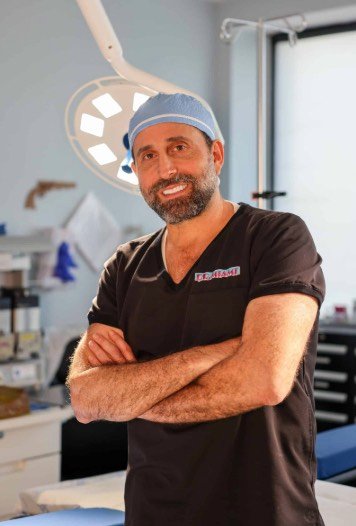
2. Dr. Michael Salzhauer
Dr. Michael Salzhauer, widely known as “Dr. Miami,” has built a significant reputation in cosmetic surgery. He is board-certified by the American Board of Plastic Surgery and operates his practice in Miami.
His surgical expertise covers body contouring procedures including Brazilian butt lifts, tummy tucks, and breast augmentations. Dr. Salzhauer has gained recognition for his social media presence and patient education efforts.
He has transformed numerous patients’ lives through cosmetic procedures. Dr. Salzhauer maintains high safety standards and follows established surgical protocols.

3. Dr. Leonard Hochstein
Dr. Leonard Hochstein is a board-certified plastic surgeon known for his expertise in breast surgery and body contouring. He has practiced in Miami for over two decades and maintains membership in the American Society of Plastic Surgeons.
His practice emphasizes natural-looking results in breast enhancement procedures. Dr. Hochstein specializes in breast augmentation, breast lift, and complex breast revision surgeries.
He utilizes advanced surgical techniques and stays current with the latest innovations in plastic surgery. Dr. Hochstein has extensive experience with challenging revision cases.
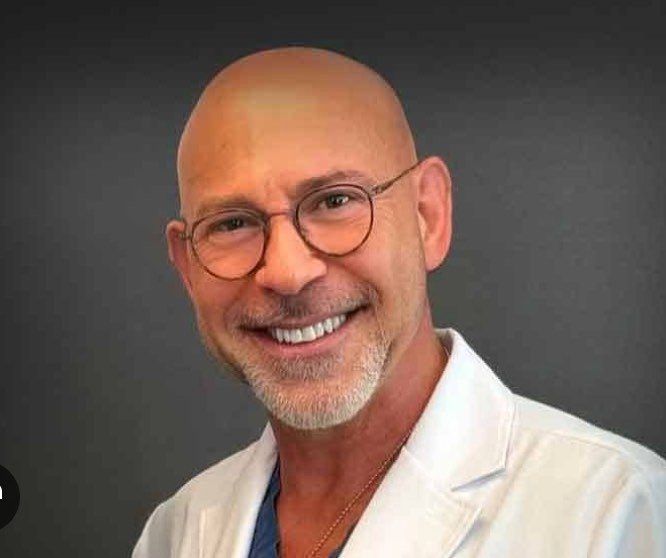
4. Dr. Ary Krau
Dr. Ary Krau is a board-certified plastic surgeon with extensive experience in both cosmetic and reconstructive procedures. He has maintained his Miami practice for many years and holds membership in major plastic surgery organizations.
His surgical approach emphasizes patient safety and natural results. Dr. Krau performs a wide range of procedures including breast surgery, body contouring, and facial rejuvenation.
He completed his plastic surgery training at prestigious institutions. Dr. Krau maintains active involvement in continuing medical education and surgical training.
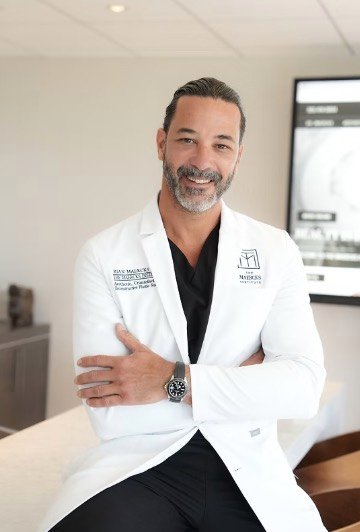
5. Dr. Rian Maercks
Dr. Rian Maercks is a board-certified plastic surgeon who specializes in aesthetic and reconstructive surgery. He brings advanced training and expertise to his Miami practice.
His surgical focus includes facial rejuvenation and body contouring procedures. Dr. Maercks emphasizes personalized treatment plans tailored to each patient’s specific goals.
He maintains high standards for patient care and surgical outcomes. Dr. Maercks stays current with emerging techniques and technologies in plastic surgery.
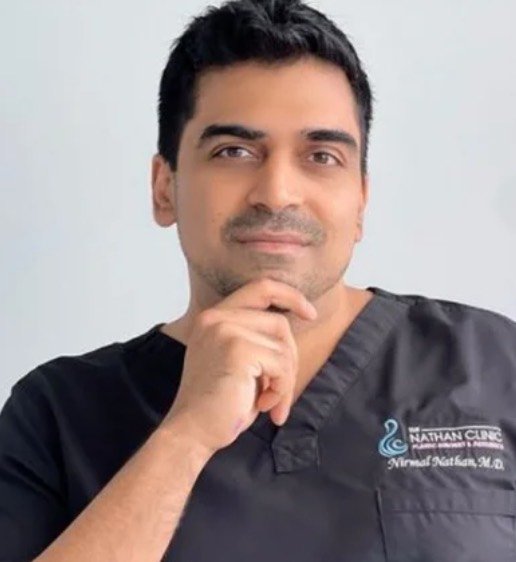
6. Dr. Nirmal Nathan
Dr. Nirmal Nathan is a board-certified plastic surgeon with expertise in cosmetic and reconstructive procedures. He has established a respected practice in the Miami area.
His surgical approach combines technical skill with artistic vision. Dr. Nathan performs comprehensive facial rejuvenation, breast surgery, and body contouring procedures.
He emphasizes patient education and thorough consultation processes. Dr. Nathan maintains membership in professional plastic surgery organizations.
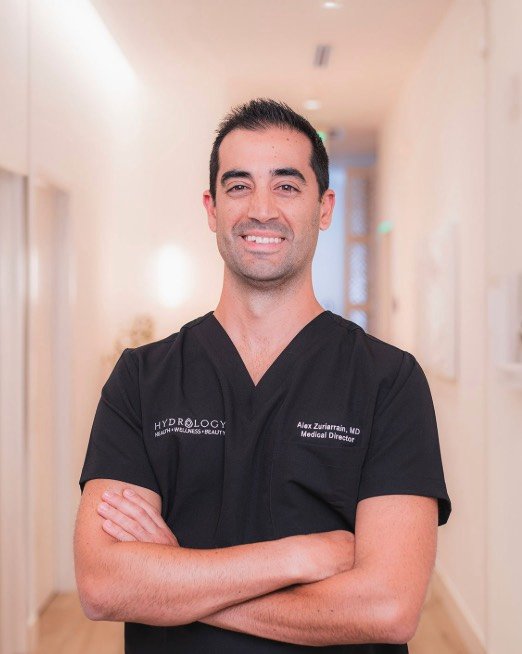
7. Dr. Alexander Zuriarrain
Dr. Alexander Zuriarrain, widely known as “Dr. Z,” is one of Miami’s most respected plastic surgeons, renowned for his meticulous technique, artistic eye, and commitment to patient care. As a quadruple board-certified surgeon, Dr. Z brings an unmatched level of expertise to every procedure, combining surgical precision with a personalized approach that has earned him national recognition.
With over 8,000 successful surgeries performed, Dr. Z specializes in body contouring, Brazilian Butt Lifts (BBL), tummy tucks, breast augmentation, and facial rejuvenation. His boutique practice, Zuri Plastic Surgery, is a state-of-the-art, fully accredited surgical facility located in the heart of Miami, offering privacy, safety, and luxury in equal measure.
Dr. Z is known not only for his surgical results, but also for his compassionate bedside manner and deep commitment to helping patients look and feel their best. Whether you’re seeking a subtle enhancement or a complete transformation, Dr. Z tailors each procedure to the individual, ensuring natural, harmonious outcomes.
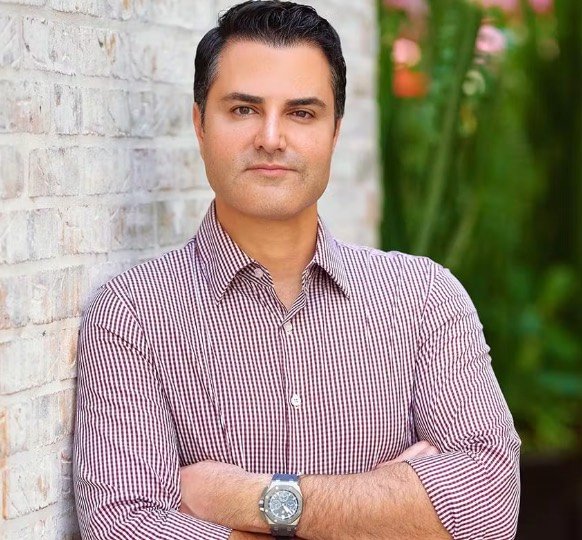
8. Dr Paul Afrooz
Dr. Paul Afrooz is a board-certified plastic surgeon known for his expertise in facial plastic surgery. He has established a reputation for delivering excellent results in cosmetic procedures.
His practice emphasizes advanced facial rejuvenation techniques. Dr. Afrooz specializes in facelifts, rhinoplasty, and non-surgical facial treatments.
He combines surgical expertise with aesthetic judgment. Dr. Afrooz maintains high standards for patient safety and satisfaction.
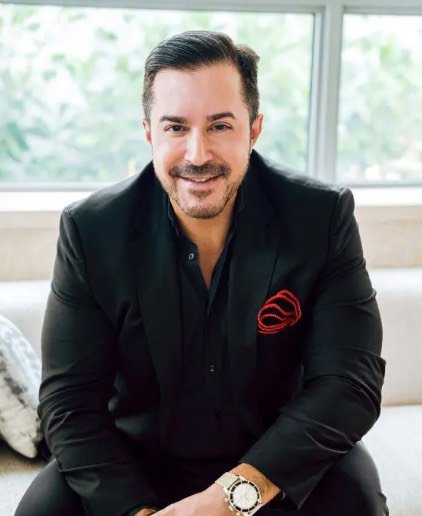
9. Dr. Daniel Careaga
Dr. Daniel Careaga is a board-certified plastic surgeon with comprehensive training in aesthetic and reconstructive surgery. He has developed expertise in multiple surgical specialties.
His practice offers a full range of cosmetic procedures. Dr. Careaga focuses on personalized treatment approaches and patient-centered care.
He maintains active participation in professional organizations. Dr. Careaga stays current with advances in plastic surgery techniques and patient care.
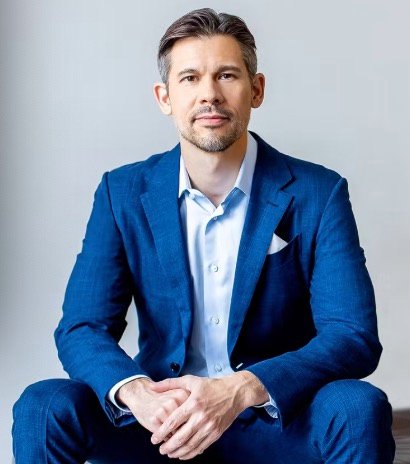
10. Dr. Joshua Lampert
Dr. Joshua Lampert is a board-certified plastic surgeon with specialized training in cosmetic and reconstructive procedures. He has established a practice focused on delivering high-quality results.
His surgical approach emphasizes safety and natural outcomes. Dr. Lampert performs various procedures including breast surgery and body contouring.
Where Surgeons Practice
- Provider Distribution by Locale
- Miami (inner core): ~48% of listings
- Coral Gables: 15%
- Miami Beach: 12%
- Aventura/North Miami: 10%
- Fort Lauderdale: 8%
- Doral, Kendall, Miramar: Emerging “suburban” clusters as practices expand to meet demand outside the beach corridor.
- Clinic Density & Accessibility
- High-Density Corridors:
- Alton Road (Miami Beach) and Brickell Avenue each host 20+ distinct practices.
- Coral Way and South Dixie Highway rank as the next busiest arteries.
- Parking & Transit:
- Downtown and South Beach offices offer valet and street parking but limited free options; suburban clinics often provide dedicated lots.
- Proximity to Metromover/Metrobus stops favors Brickell and downtown practices.
- High-Density Corridors:
Presence & Access
- Dedicated Practice Websites (85%)
- Most practices showcase procedure galleries, surgeon bios, and patient testimonials.
- Key Features to Seek:
- Clear “Book a Consultation” forms with integrated calendars.
- Price estimates or financing FAQs—only ~15% publish ballpark ranges.
- Virtual consult options: offered by 40% of top-rated clinics.
- Multi-Doctor Portals (10%)
- Platforms like “My Cosmetic Surgery Miami” or “Plastic Surgery Institute of Miami” aggregate several surgeons under one booking umbrella.
- Patients trade individual branding for convenience of comparing surgeons side-by-side.
- Directory-Only Practices (5%)
- Rely on RealSelf/WebMD profiles with phone-only scheduling—often newer or boutique MD-only practices.
Credentials & Specialties
- Board Certification & Fellowships
- FACS / Equivalent Fellowships: 70% of surgeons proudly display certification by the American College of Surgeons or comparable bodies.
- Additional Fellowships: Facial plastic, microsurgery, hand surgery—shown by 25% of providers.
- Procedure Focus Areas
- Body Contouring (Liposuction, Tummy Tuck): 42%
- Facial Rejuvenation (Facelift, Rhinoplasty): 29%
- Breast Surgery (Augmentation, Lift, Reconstruction): 25%
- Minimally Invasive (Injectables, Laser Therapies): 4%
- Surgeon Experience Tiers
- High-Volume Practices (>500 procedures/year): Tend to be multi-surgeon centers with robust support teams.
- Boutique MD-Only Practices (<200 procedures/year): Emphasize personalized care, often niche-specialized.
Recommendations for Prospective Patients
- Verify Board Certification: Confirm “FACS” or equivalent on the surgeon’s homepage.
- Compare Digital Tools: Favor practices with robust websites—online booking, clear galleries, patient resources.
- Map Your Commute: Choose offices near your home or work to minimize travel stress on surgery day.
- Ask for Price Ranges Upfront: Clinics transparent about costs often facilitate smoother planning and financing.
- Read Recent Reviews (Past 6–12 Months): Look for comments on bedside manner, follow-up care, and staff responsiveness.
How to Choose the Right Plastic Surgeon in Miami
Finding the right plastic surgeon requires careful evaluation of their credentials, specialized skills, and consultation approach. These three factors determine both safety and satisfaction with surgical outcomes.
Board Certification and Affiliations
American Board of Plastic Surgery certification represents the gold standard for plastic surgeons. This certification requires completion of medical school, residency training, and rigorous examinations.
Board-certified surgeons must complete at least six years of surgical training. They undergo continuous education requirements to maintain their certification status.
American Society of Plastic Surgeons membership indicates additional professional commitment. Members must maintain board certification and follow strict ethical guidelines.
Verify certification through the American Board of Plastic Surgery’s official website. This database provides current certification status and any disciplinary actions.
Hospital privileges at accredited facilities demonstrate peer review approval. These privileges require credential verification by medical staff committees.
Areas of Expertise
Different plastic surgeons specialize in specific procedures and body areas. Research surgeons who frequently perform your desired procedure with documented results.
Review before-and-after photo galleries on surgeon websites. Look for consistent results that align with your aesthetic goals and expectations.
Facial procedures like rhinoplasty require different expertise than body contouring surgeries. Some surgeons focus exclusively on breast procedures or reconstructive work.
Ask about case volume for your specific procedure. Surgeons who perform hundreds of similar procedures annually typically achieve better outcomes.
Check patient reviews and testimonials for insights into results and experiences. Focus on reviews from patients who underwent similar procedures.
Consultation Process
Schedule consultations with multiple surgeons to compare approaches and recommendations. A thorough consultation should last at least 30 minutes.
The surgeon should examine you personally, not delegate to staff members. They should explain risks, benefits, and alternative treatment options clearly.
Facility accreditation matters for safety and quality standards. Look for AAAASF, AAAHC, or Joint Commission accreditation for surgical facilities.
Ask about surgical technique, anesthesia options, and recovery expectations. The surgeon should provide detailed pre-operative and post-operative instructions.
Request cost breakdowns including surgeon fees, facility costs, and anesthesia charges. Understand revision policies and additional fee structures.
Trust your instincts about communication style and comfort level. The surgeon should answer questions thoroughly without rushing or pressuring decisions.
Safety, Accreditation, and Patient Outcomes
Patient safety depends on proper facility accreditation, comprehensive post-operative protocols, and thorough risk assessment procedures. Miami’s leading plastic surgeons maintain strict safety standards through accredited facilities and evidence-based practices.
Surgical Facility Standards
Accredited plastic surgery centers must meet stringent safety requirements established by organizations like the American Association for Accreditation of Ambulatory Surgery Facilities (AAAASF). These facilities undergo regular inspections to ensure compliance with equipment standards, emergency protocols, and staff qualifications.
Board-certified plastic surgeons typically operate in facilities that maintain Class C or higher accreditation levels. This certification covers anesthesia administration, emergency response capabilities, and infection control measures.
Operating rooms require specialized ventilation systems, sterile processing equipment, and monitoring devices for both plastic surgery procedures and reconstructive surgery cases. Staff members must complete ongoing training in patient safety protocols and emergency procedures.
The facility’s anesthesia team should include board-certified anesthesiologists or certified registered nurse anesthetists. Emergency equipment such as defibrillators, oxygen delivery systems, and resuscitation medications must be readily available and regularly tested.
Post-Operative Care and Recovery
Comprehensive post-operative care protocols significantly impact patient outcomes across all plastic surgery procedures. Patients receive detailed recovery instructions, medication schedules, and follow-up appointment timelines before discharge.
Recovery monitoring includes:
- Wound healing assessment
- Pain management evaluation
- Infection prevention protocols
- Activity restriction guidelines
Surgeons typically schedule follow-up visits at 24-48 hours, one week, and several weeks post-surgery. These appointments allow for early detection of complications and adjustment of recovery plans as needed.
Recovery facilities must maintain proper staffing ratios and monitoring equipment for patients requiring extended observation. Some reconstructive surgery cases may require specialized post-operative care protocols depending on the procedure complexity.
Patient education materials should cover warning signs of complications, proper wound care techniques, and when to contact the surgical team. Clear communication channels between patients and medical staff help ensure prompt intervention when concerns arise.
Assessing Risks and Complications
Thorough risk assessment begins during the initial consultation when surgeons evaluate medical history, current medications, and lifestyle factors. Patients undergo comprehensive medical clearance including laboratory tests and cardiac evaluation when indicated.
Common risk factors include:
- Smoking and tobacco use
- Diabetes and metabolic disorders
- Previous surgical complications
- Certain medications and supplements
Complication rates vary by procedure type, with general surgery principles applying to plastic surgery techniques. Surgeons must discuss specific risks associated with each procedure, including bleeding, infection, scarring, and anesthesia-related complications.
Documentation of informed consent ensures patients understand potential risks and realistic outcomes. Surgeons should provide complication statistics specific to their practice and the proposed procedure.
Emergency protocols must address immediate post-operative complications such as hematoma, severe allergic reactions, or respiratory distress. Established relationships with nearby hospitals facilitate rapid transfer when advanced medical intervention becomes necessary.



